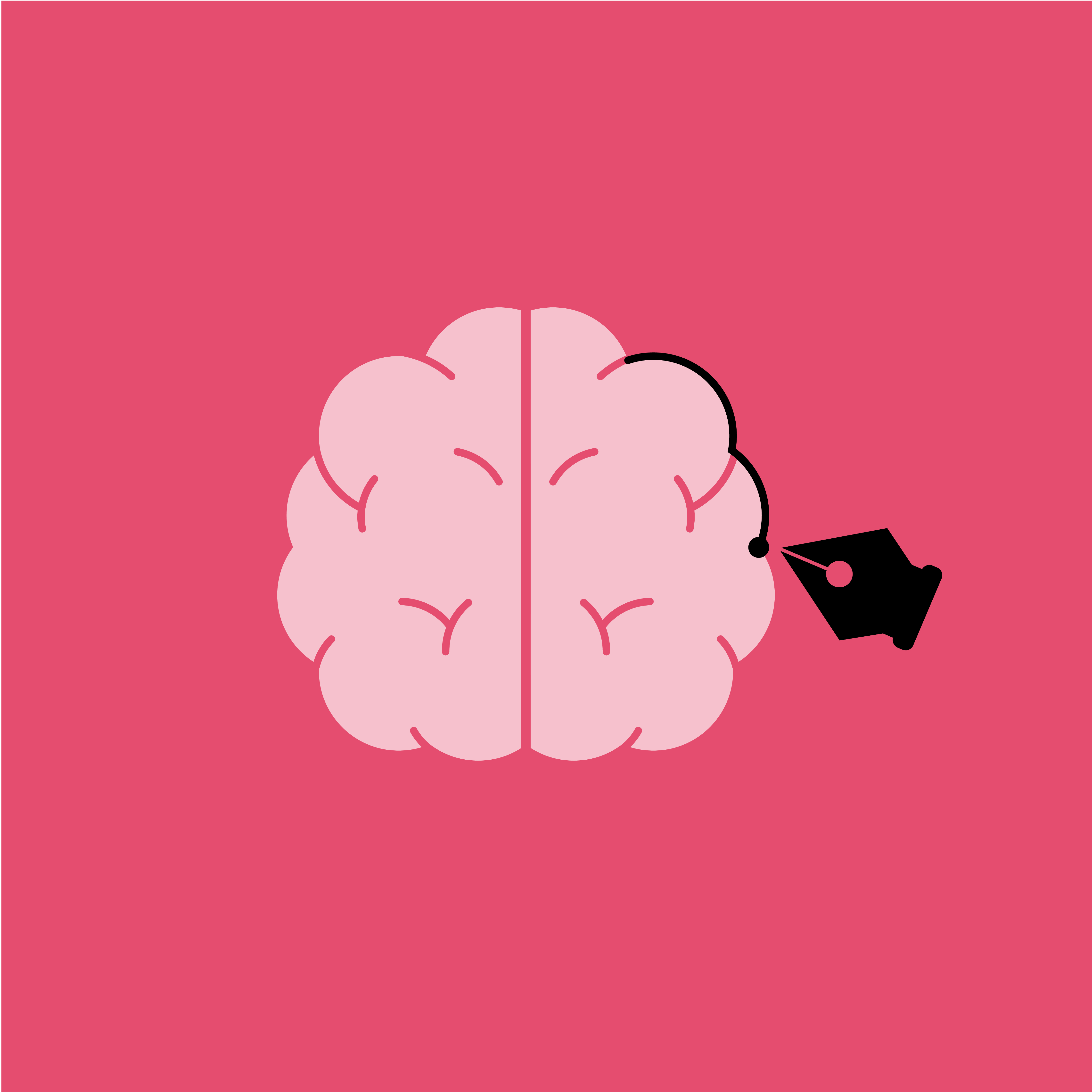8 tips for using personas in your learning design
Learning design is about more than just the content. It has to speak to the learner on a personal level to be able to influence their behaviour and address their beliefs, frustrations and motivations. Without a clear picture of the learner in mind, the learning solution you come up with may achieve the client's business needs, but will most probably have little or no effect on the learner.
Fret not, because there is an effective way to paint a picture of the learner, while also adding a touch of creativity and fun to the design process. Cue the persona!
A persona is a fictional, yet realistic snapshot of who the learning solution will be designed for. If done properly, it will allow you to design empathetically with the learner's needs front of mind.
Here are our top 8 tips for creating personas in your learning design:
1. Make sure you have the right stakeholders in the room
Having actual learners involved throughout the design process, and especially during the initial design stage, is gold. It’s an opportunity to meet representatives of your audience, to ask those burning questions and get a direct response. However, this is not always possible, as confidentiality and time constraints may influence this. In this scenario, it might be a good idea to draw up a quick survey to send out to a few learners so you can still get their feedback and input.
2. Create a persona template
We’re not saying that you should use the same method and template for every meeting, but rather have a basic template handy to modify and adapt when planning for a design meeting. For in-person design meetings you can make use of flipcharts and sticky notes, and for online design meetings there are a bunch of awesome resources out there you can use. Our favourites are Mural and Lucidchart. This is also a great visual way for the stakeholders to see how the persona is created, to be a part of this process and to keep the meeting on track. It’s also handy to ensure you don’t forget any important information. (Ever gone to the store and walked out with everything accept the thing that you came for? Yep, we know right!). Download our free persona template here.
3. Focus on the beliefs, motivations and frustrations
To design empathically, you really need to have a clear idea of what the learner believes about themselves and what they do, what motivates them to learn more and what are some frustrations they face every day. Demographics is only a small part of who the learner is. The focus should be on what the learner wants to achieve and what is preventing them from doing that now? This might include self-limiting beliefs, fears or mental blockers. Only then will it be possible to focus on what could be done to make it easier for them to overcome these barriers.
Let's take 'Cynical Sally' for instance. Simply knowing her age and nationality will tell us a bit about her, but we'll still be a long way from really knowing her as a person and understanding why something is a learning problem for her. We want to know what gets her motivated to learn, what her current work barriers are, her beliefs about her own ability and the company etc.
4. Find your inner 4 year old
Yep, you read that correctly! Unfortunately, this doesn't include having a temper-tantrum or meltdown in those not-so-ideal meetings, but it does include asking ‘Why?’ multiple times. Even though it might be exhausting to have to listen to that question on repeat, it does show a high level of curiosity from a child. As learning designers curiosity is a powerful trait to have. Asking questions will help you to uncover the deeper learning issues that may not be evident up front and will show that you genuinely care about creating a learner-focused solution.
Cynical Sally may not love technology, but before you rule it out as a solution, asking why that’s the case might uncover that she just doesn’t have the correct hardware to effectively do her role or she didn’t know how much time this could save her, so she too can now participate in the daily online quiz.
5. Integrate data and evidence
In an ideal world, time, budget and resources wouldn’t matter in creating a learning solution. Unfortunately, the reality of it looks a bit different. We want to make sure we find a compromise between what the learner would like to see in the learning solution and what the organisation can realistically provide. To help you with this, be sure to gather data and evidence, such as finding out how much time the organisation allows for learning per week, whether people have the technology and resources available for the learning and if the learning will be linked to progression or continual professional development.
Having this hard data helps you find that sweet spot between the business objectives and the learner goals. It’s all about managing the expectations of all the stakeholders involved.
6. Take the stakeholders with you on the journey
Coming up with personas on your own is sometimes the most time-efficient method, but may not be the best. Getting your stakeholders involved in creating these personas, will make them feel part of the design process. Chances are sign-off will be much quicker and you’ll have bonded over the design experience. Collaboration = better relationship = future work.
7. Don’t underestimate the power of storytelling
Dan Roam says in his book, Show And Tell, “We need to create and deliver a story so captivating that our audience wants to see things the way we do. Storytelling has the power to educate, entertain, persuade, motivate and ultimately change our audience.”
So how does this link to our personas? Well, they will be the main and supporting roles in our story of course. Ask your stakeholders to give you examples or to tell stories that highlight their learners' beliefs, frustrations and motivations in action. A lot of the golden nuggets happen through this and will ensure that the learning experience is authentic.
8. Add a bit of fun!
Make it your own by adding a fun element to the process of designing a persona. You could ask the client to draw what their persona would look like or ask them to provide a song or genre of music that is representative of the this person. This might seem a bit outlandish, but there is a method to this madness. By analysing their answer through many follow-up questions, you will get a deeper understanding of the learner from a completely different perspective. And if that fails it will hopefully at least bring a smile to their face!
Download our free persona template and example
To make your life a bit easier and give you time to spend elsewhere, our team has put together two freebies for you!
Follow the link below to access your FREE editable PDF persona template and example:
About the author
I'm Frieda, lover dad jokes, fairy-tale endings and outdoor adventures with my family. For almost a decade I designed learning solutions for my Science and Biology high-school students. Now my audience includes a variety of learners from different skill levels and organisations. Since joining Inspire Group, every day has been a meaningful experience collaborating with the team and our clients to design learning that is life changing.







